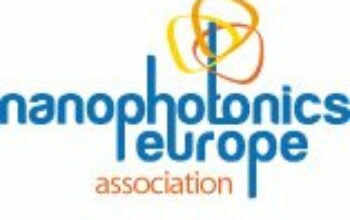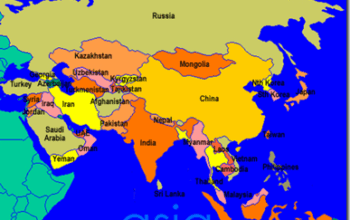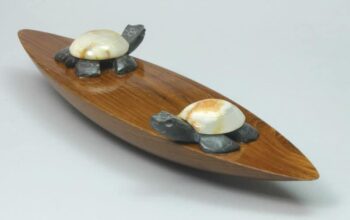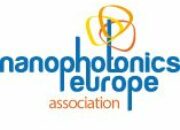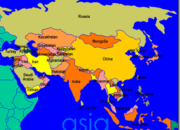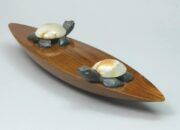Fingernails, often regarded merely as keratinous extensions of our digits, possess a remarkable complexity that has captivated the scientific community and the curious mind alike. Their structure, appearance, and growth patterns provide an unassuming yet profound repository of personal information. Each nail, much like a palimpsest, narrates a story unique to the individual, with intricate layers lying beneath the glossy surface. This article delves into how fingernails act as multifaceted markers of identity, health, and a variety of physiological phenomena.
At first glance, fingernails appear trivial in the grand narrative of human biology. However, they serve as a canvas upon which life’s experiences are etched. The composition of fingernails is primarily keratin, a fibrous structural protein, but it is their intricate biological furnishings that set them apart. Embedded within this biological tapestry are the remnants of nutrients consumed, stressors encountered, and even markers of disease processes—a veritable window into one’s corporeal existence. The subtle coloration, texture, and growth anomalies can signal nutritional deficiencies, infections, or systemic diseases.
For instance, consider the intriguing phenomenon of nail bed cyanosis, where the nails assume a bluish hue indicative of oxygen deprivation. This color change articulates a narrative of underlying respiratory or circulatory dysfunction. Furthermore, the advent of advanced analytical techniques, such as mass spectrometry and atomic absorption spectroscopy, has amplified our understanding of how nails can reveal traces of toxic metals or other xenobiotic substances. In a figurative sense, these keratinous appendages serve as stratums of biochemistry, chronicling dietary habits and environmental exposures over time, thus transforming fingernails into an extensive chronicle of one’s life experiences.
In addition to their diagnostic prowess, fingernails can also reveal genetic predispositions. Genetic mutations or cyclic patterns of growth can denote specific familial traits or inherited conditions. For instance, nail dystrophies can be hereditary, reflecting the intricate interplay between genetics and environmental factors. In this regard, nail morphology embodies an individual’s genetic legacy, bridging the ancestral lineage to contemporary life. The unique shapes and growth rates have the potential to distinguish one individual from another, evoking an elegant dichotomy between sameness and uniqueness.
The psychological dimensions of fingernails also warrant examination. In many cultures, the care and adornment of nails are proxies for identity, personal expression, and social status. The choice of nail polish, nail art, or even the act of manicuring transcends mere aesthetics—it becomes a form of non-verbal communication, conveying emotions and social standings. In essence, fingernails become symbolic instruments, crafting narratives of self-identity and personal stories in the theater of life.
The growth dynamics of nails—approximately three millimeters per month—further accentuate their intriguing metaphorical significance. This steady yet often overlooked growth serves as a reminder of the passage of time and our evolutionary journey. Nails, unlike hair, which may bear a semblance of chaotic growth and styling, adhere to a more predictable rhythm. This consistency invites reflection on the inherent nature of stability amid a world teeming with change. Each lunar crescent that arises in the nail’s curve could be seen as a metaphorical moon phase, illuminating moments of personal change and growth along the existential journey.
Exploring the importance of fingernails also necessitates a dialogue about the anthropological and cultural implications. Across various cultures, fingernails are endowed with symbolic meanings. In Japanese culture, for instance, long, decorated nails are often associated with femininity and grace, while in other societies, the act of clipping nails is viewed through a lens of hygiene and propriety. The diversity of nail practices across cultures illustrates humanity’s universal quest for self-expression while simultaneously revealing the intricate tapestry of culture-specific significance woven into even the most mundane aspects of our anatomy.
Further examining fingernails in the context of their intrinsic link to health and wellness prompts consideration of the modern phenomenon of nail care as an essential aspect of self-care. With rising awareness of health and beauty, fingernails have shifted from being mere bodily extensions to focal points of therapeutic practices. Nail salons frequently serve as communal spaces where individuals share stories, cultivate relationships, and explore identity. Paradoxically, while fingernails may seem like mere decoration, they encapsulate social ritual and personal significance, enabling a narrative space for human connection.
In the scope of forensic science, fingernails also play an integral role in reconstructing the circumstances of an individual’s last moments. Nails can harbor traces of organic matter, DNA, or even remnants of substances that may elucidate the narrative of a crime scene. The examination of fingernails thus becomes a critical endeavor—serving not only as tools of recognition but also as entomological markers that unravel the enigmatic fabric of human experience.
In conclusion, fingernails transcend their surface-level function and offer a multifaceted lens through which to view human existence. Their capacity to convey personal information stretches from the biochemical to the sociocultural realm, encapsulating identities, health statuses, and individual stories. Fingernails, in their deceptively simple form, reflect a rich tapestry woven from the complex interplay of biology, culture, and personal experience. Just as the rings of a tree signify growth and resilience, the enigmatic narrative of nails tells a story—one of life’s ebbs and flows, intricately interlinked with the human experience itself.

